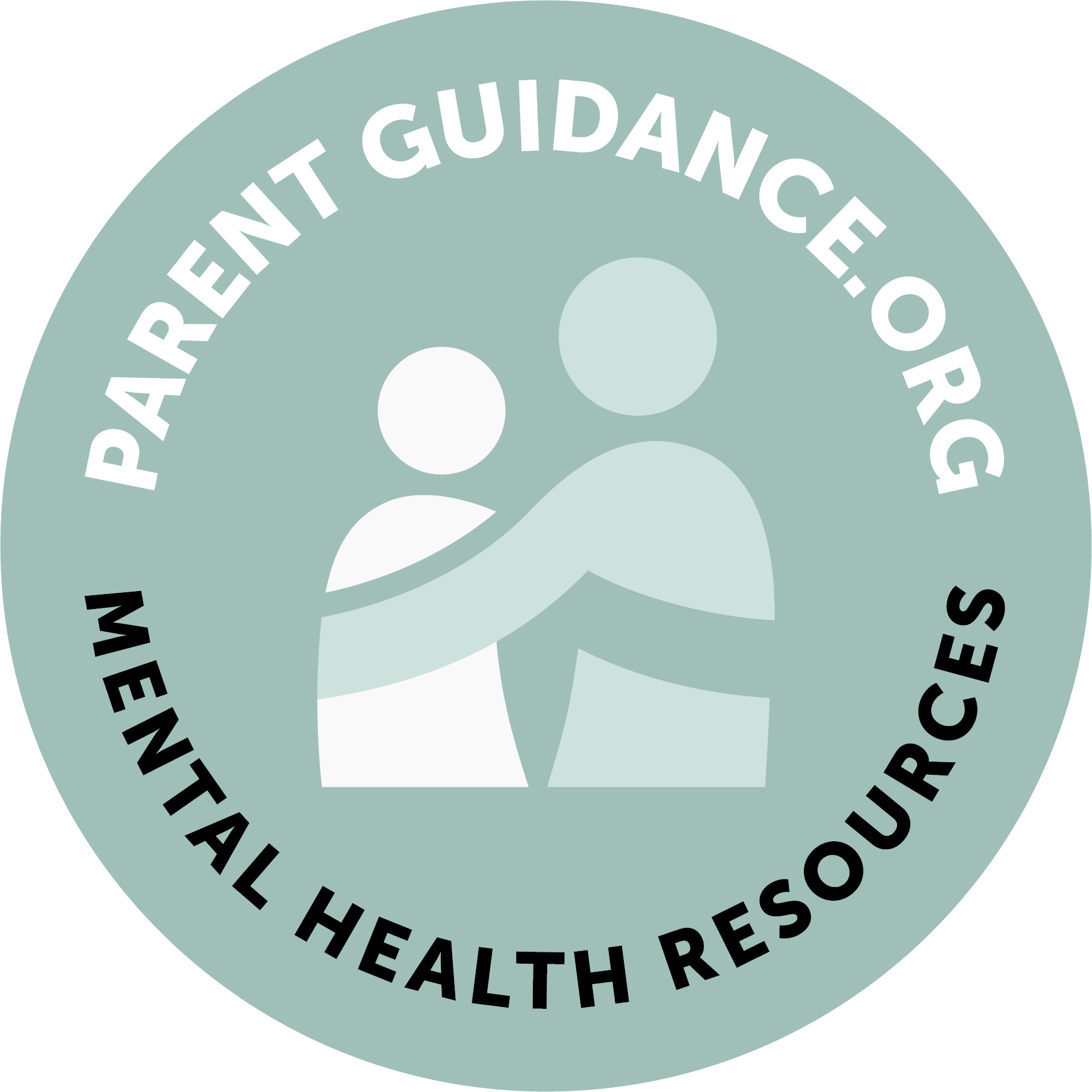Health Services
Credentialed School Nurse
The Credentialed School Nurse is a bachelor’s degree prepared Registered Nurse, Public Health Nurse licensed by the California Board of Registered Nursing and credentialed as a school nurse by the California Commission on Teacher Credentialing.
The Credentialed School Nurse uses the nursing process, clinical expertise and professional judgment to design and implement health services programs that ensure that all students will receive the optimum benefit from their educational experience. This is accomplished by working collaboratively with students, families, teachers, other members of the multidisciplinary team, and utilizing resources within the community, to meet the physical, mental, emotional and social health needs of students.
Student Health Care Specialist (RN)
Under the direction of the assigned administrator and the professional direction of a licensed credentialed school nurse, the student health care specialist performs specialized physical health care services for pupils with disabilities and chronic health problems. The site health office staff is also available to provide basic first aid to students who present to the health office.
Allergies/Anaphylaxis
Asthma
Asthma Packets
Attention Deficit Hyperactivity Disorder
Bed Bugs
Chicken Pox
Conjunctivitis
CHDP (Child Health and Disability Prevention)
Child Health and Disability Prevention Downloads
Color Vision Deficiency
Control of Communicable Diseases
Control of Communicable Diseases Downloads
Diabetes
Eating Disorders
Autism
Autism Downloads
Emergency Preparedness
Fifth Disease
Guidelines for When to Keep Your Child Home from School
Guidelines for When to Keep Your Child Home from School Downloads
Foot and Mouth Disease
Head Injury/Concussion
Head Injury/Concussion Downloads
Head Injury/Concussion
Health/Dental Insurance
Health and Dental Insurance Downloads
Immunizations
Immunizations Downloads
Impetigo
Lice/Pediculosis
Lice Downloads
Measles
Measles Downloads
Medication
Medication Downloads
Mononucleosis
Mumps
Oral Health/Dental
Oral Health Downloads
Pinworms
Ringworm
Scabies
Seizures (Epilepsy)
Strep Throat-Scarlet Fever
Tdap Vaccination
Tdap Vaccination Downloads
Vision and Hearing Screenings



